Lady Sings the Blues – Book 1956; Movie & Soundtrack 1972
Lady Sings the Blues was written by Holiday with a ghostwriter who was keen to emphasize the lurid and sensational aspects of her story. Scandalous as it was, omitted for legal reasons were her relationships in the 1930s with actors Orson Welles and Charles Laughton, and lesbian affair with Tallulah Bankhead in the 1940s.
The 1972 movie starring singer Diana Ross, was based loosely on the book and nominated for five Academy Awards. The double soundtrack album from the film featuring Ross singing Holiday songs went to #1 on the Billboard album charts.
Her memoir revealed early sexual abuse and exploitation. Yet it offers insight on her toughness and vulnerability:
“A singer is not like a saxophone. If you don’t sound right you can’t go out and get some new reeds. A singer is only a voice, and a voice is completely dependent on the body God gave you. When you walk out there and open your mouth, you never know what’s going to happen.
I’m not supposed to get a toothache, I’m not supposed to get nervous; I can’t get sick to my stomach; I’m not supposed to get the flu or have a sore throat. I’m supposed to go out there and look pretty and sing good and smile . . . and I’d just better.
Why? Because I’m Billie Holiday and I’ve been in trouble.”
She wrote at length about her arrests — eager to set the record straight about at least one bust that she insisted had been a frame-up. She complained bitterly about racism in general, and resentfully about the way the music industry ripped off musicians.
“I made over 200 sides between 1933 and 1944, but I don’t get a cent of royalties on any of them. They paid me $25, $50, or a top of $75 bucks a side, and I was glad to get it. But the only royalties I get are on my records made after 1945.
Billie’s 1956 Carnegie Hall appearance was a mixed showing. She was in bad shape, stoned and pretty out of it. But her performance rose to the occasion, which included a narrator reading from her newly published autobiography.
That performance and her self-portrayal in print crystallized the popular image of Holiday as a victim of racism, sexual abuse and poverty; a person who felt persecuted for her race, celebrity and drug addiction; and a woman surrounded by exploitive men in her personal and business relationships.
Final Chorus
Holiday’s last recording date was in early 1959. Released as Lady in Satin, it was a curious album, unusual for its lush string and horn sections.
Though she continued performing, Billie was in bad shape. Frail and emaciated, she weighed only 95 pounds. Not long before the session Holiday was so broke, she pawned her beloved mink stoles to buy groceries, dog food and gin.
She collapsed in late May 1959 and was hospitalized. Ten days later heroin was discovered in her hospital room. Arrested and fingerprinted, her magazines and records were confiscated; she was sequestered and threatened with jail regardless of her precarious condition.
The complex legal and financial machinations of lawyers, prosecutors, police and promoters swirled around her for over a month before her liver and heart gave out. Billie Holiday died on July 10, 1959. She was forty-four years old and nearly penniless.
Billie Pt 3 – 1950s – Podcast clip C
Legacy of Billie Holiday
Lady Day directly or indirectly influenced most jazz and popular singers of the mid-Twentieth century and all who followed. Contemporaries acknowledging her direct influence included Carmen McRae, Dinah Washington, Anita O’Day, Sarah Vaughn, Etta Jones, Pearl Bailey, Tony Bennett, Peggy Lee and Frank Sinatra.
Using her voice as an expressive musical instrument she bent notes like a horn player, blowing along with the cats. Building one of the most distinctive personal singing styles of American Popular music, she revised songs for the better, giving them her personal interpretation. She had a pure jazz style and improvised brilliantly with other musicians.
Billie Holiday was a great musician and possibly the greatest Jazz singer of the 20th Century. A distinctive and lasting voice in popular music her vocal art stands at the apex of jazz singing.
Sources and thanks. Billie quoted from her autobiographical memoir, Lady Sings the Blues, (Billie Holiday with William Dufty, Doubleday, 1956) read by Kitt Weagant. Buck Clayton was quoted from Buck Clayton’s Jazz World (Oxford University Press, 1986) read by Joe Hughes. Thanks to Hal Smith for assistance.
- ← Previous page
- (Page 2 of 2)

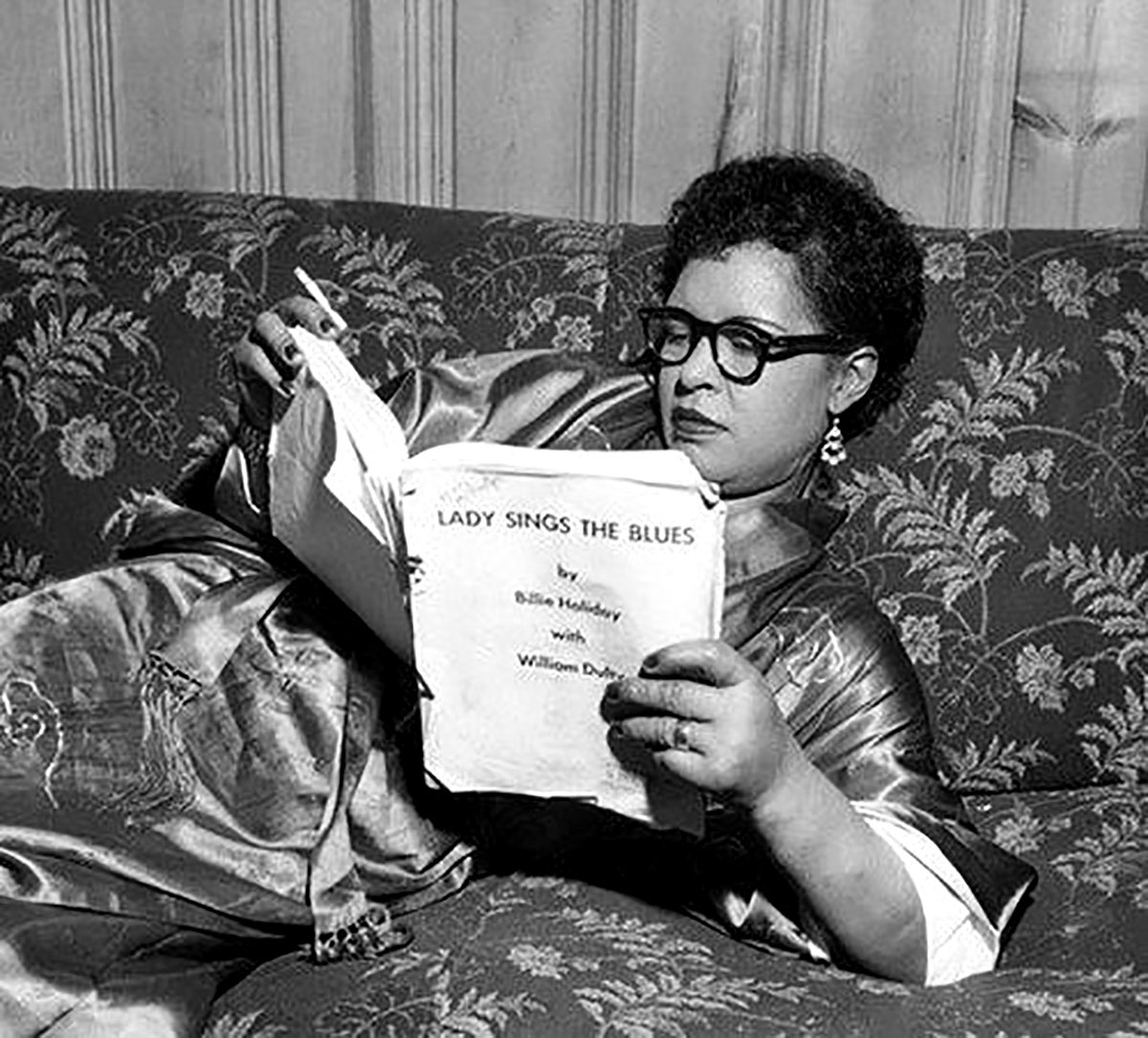
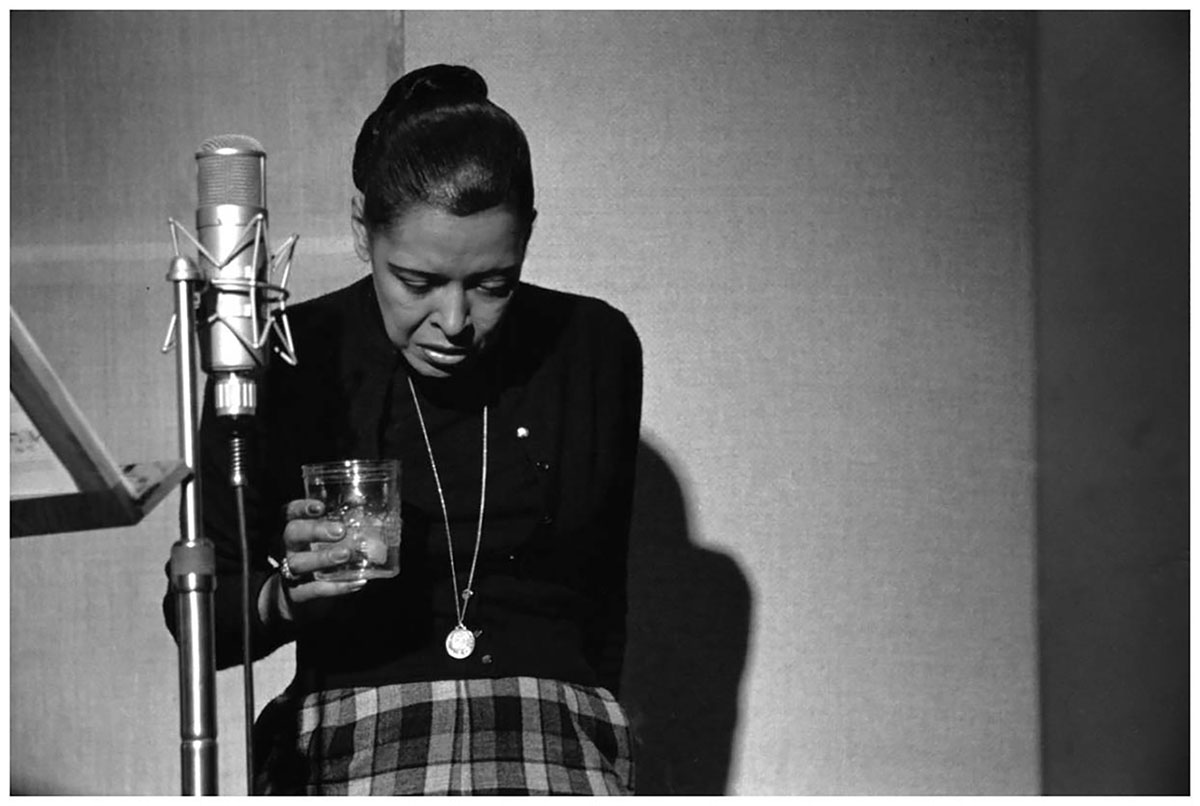
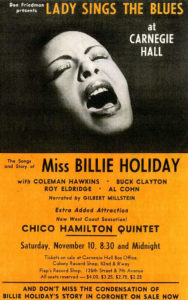
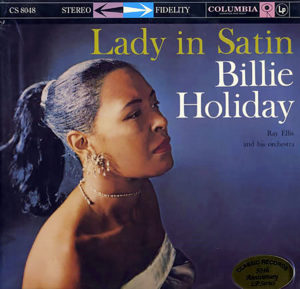
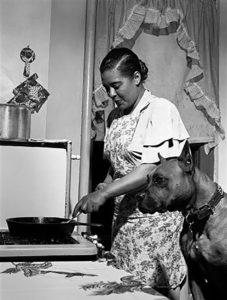
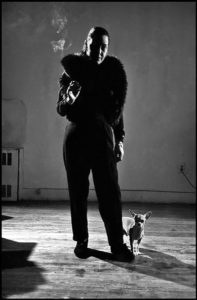
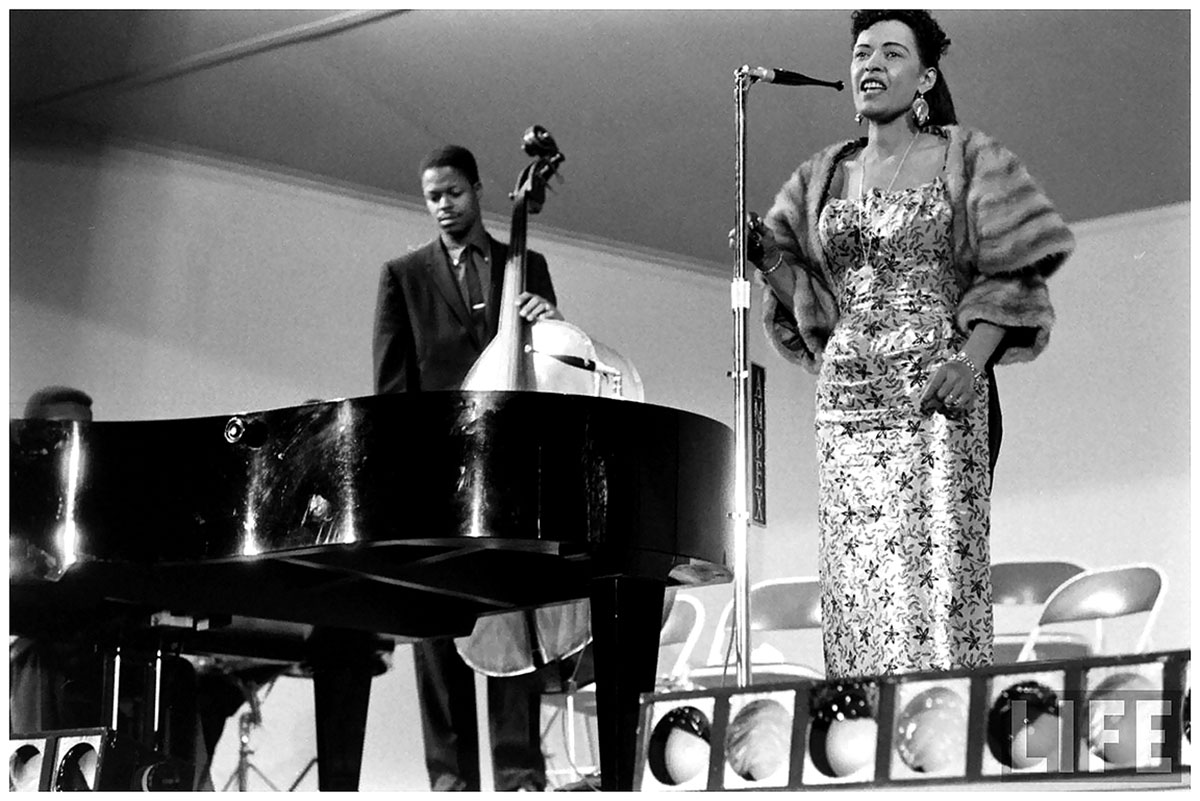
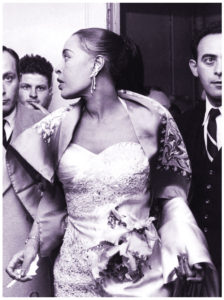
Find more about Billie:
The official home of Billie Holiday
https://billieholiday.com/
Billie Holiday on Jazz Rhythm
http://www.jazzhotbigstep.com/24201.html
Buck Clayton on Jazz Rhythm
http://www.jazzhotbigstep.com/3905.html
Buck Clayton on Dagogo
https://www.dagogo.com/remembering-buck-clayton-2018/
Very well done! Thank you.